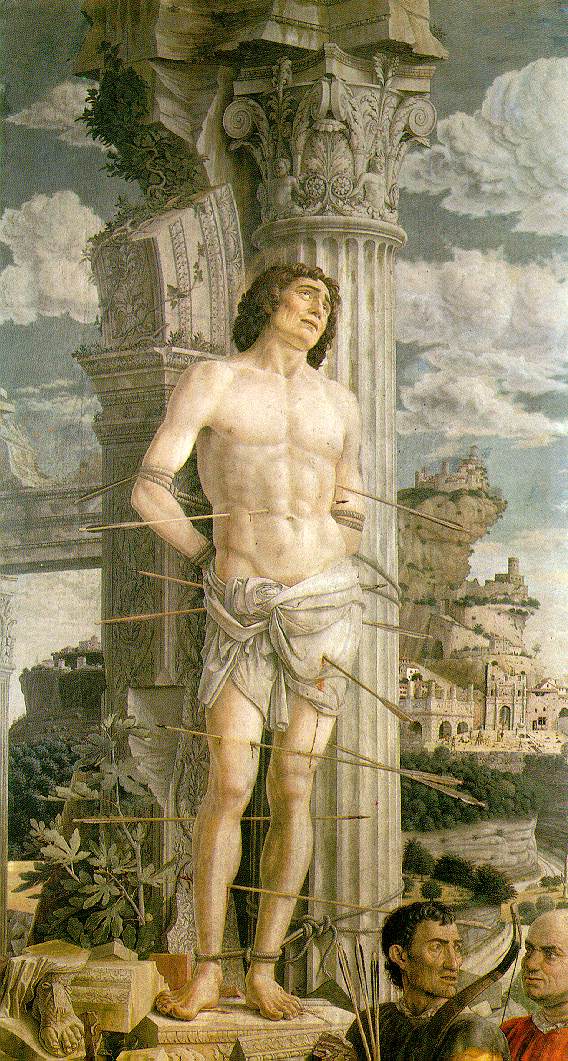
Arrows
|
Play the beginning of the first movement, Play the beginning of the second movement, Play the third movement, Arrows,
All of these performances are by the
|
Composer: David Heuser Instrumentation: Baritone, Piano or Baritone, Clarinet, Cello and Piano Year Composed: 2006 Duration: 23 minutes Text by: Tony Hoagland (text is in English) Pages: 41 (piano version)/ 60 (for quartet)
Movements:
Cost: Purchase: $15.00 for piano version (2 copies) / $30.00 for quartet version (score and parts)
Premiere Performances:
Program Notes: The three poems by Tony Hoagland which make up Arrows all revolve around sickness and health and life and death. They are infused with not only a humanity and a sense of the level we live on (as opposed to some grand, cosmic view of these issues), but also with a great deal of humor. In Appetite, a dinner with a friend who has "one of those diseases/known by its initials" becomes a rumination for the narrator on being alive, with the "wilderness outside you pressing to get in, / the wilderness inside you trying to get out," until his friend's call for a toast brings him back to the here-and-now. Brave World suggest a view of illness from the point of view of the microbe, the virus and the cancer cell "that breaks out of the crowd it has belonged to all its life / like a housewife erupting / from her line at the grocery store." Hoagland's dark humor relegates us to just being a "secondary character" in this view as he asks of these germs: "What about their bill of rights?" Arrows is in three sections. The first two discuss illness and the frailty of the human form ("I sing the body like a burnt-out fuse box"), while the last reminds us of the power of the soul to say "None of this is real." Hoagland calls up the image of St. Sebastian, looking "steadfastly heavenward / away from the...fascinating spectacle / of his own body / bristling with arrows." The painting of St. Sebastian by Andrea Mantegna (1431-1506) is used as the frontpiece for the work and is reproduced below.

|
|
|
|
Non Sequitur Music Publishing 2112 Ontario Street Bellingham, WA 98229 USA (360) 733-7145 Email: nsm@nonsequiturmusic.com |
Copyright © 1998; 2008, Non Sequitur Music Publishing
These pages are continually revised and updated. Email any questions about this page to webmaster@nonsequiturmusic.com
|